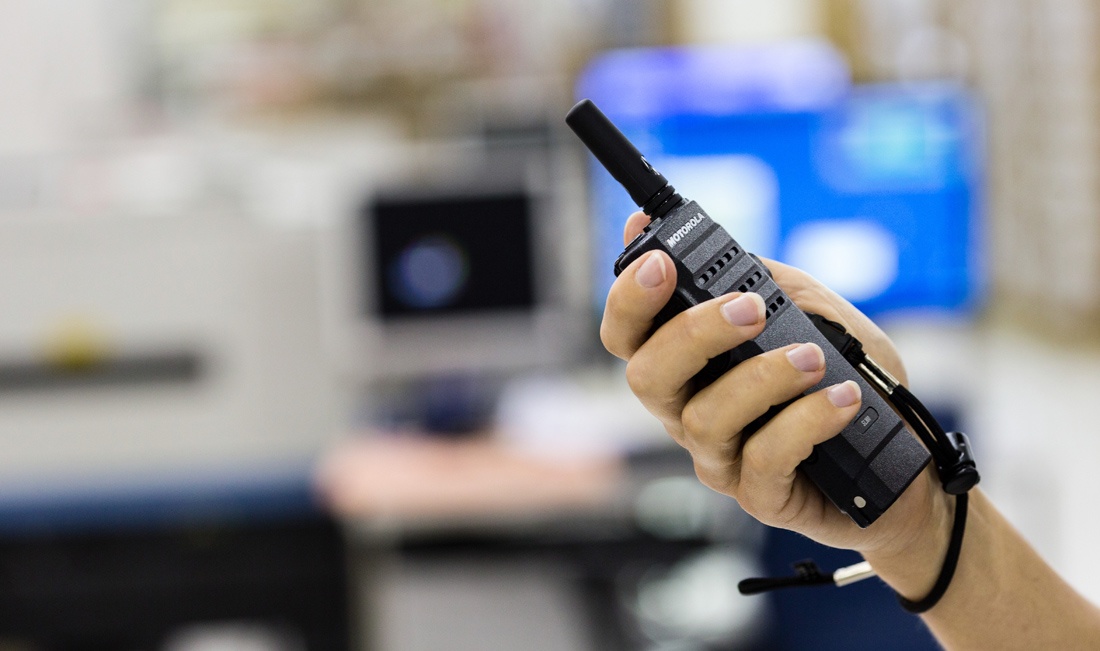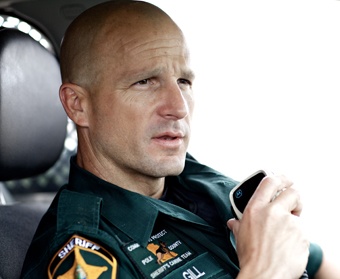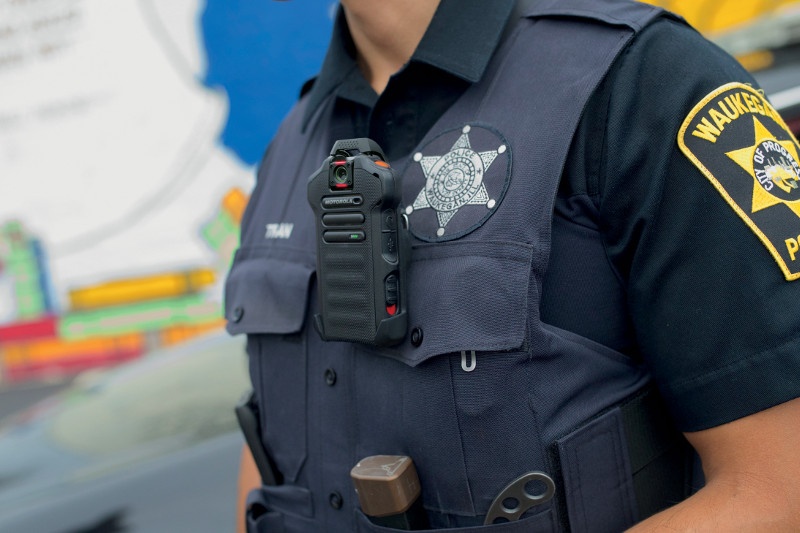Everyone in law enforcement is familiar with the tragic consequences of breakdowns in police radio communications: Personnel from different responding agencies can’t talk to each other, and the lack of coordination creates chaos and costs lives.
Lack of interoperability is one key reason that legacy analog two-way radio systems are being phased out, particularly within public safety, and replaced by digital systems. It’s a gradual change, but it is happening as more agencies recognize the importance of planning for the future.
With that in mind, let’s take a closer look at why it’s time to upgrade your police radio fleet from analog to digital.











